- All Flags
- Flags of Countries by Continent
-
Flags of Organizations
- Flags of UN countries
- Flags of the European Union countries
- Flags of NATO countries
- Flags of the countries of the Organization of Islamic Cooperation
- Flags of the countries of the Organization of American States
- Flags of the Arab League countries
- Flags of the African Union countries
- Flags of the countries of the Union of South American Nations
- Flags of the Commonwealth of Nations
- Flags of the countries of the Secretariat of the Pacific Community
- Flags of the Nordic Council countries
- Flags of the Caribbean Community
- Flags of the countries of the Association of Southeast Asian Nations
- Flags of the East African Community
- Flags of the countries of the Organization of Turkic States
- LGBT Community Flags
- Historical Flags
- Ethnic Flags
- Flags of the USA (states)
Flag of Saint Kitts and Nevis
The national flag of the Federation of Saint Kitts and Nevis is a symbol of profound significance, encapsulating the history, values, and natural beauty of this dual-island nation. Adopted on September 19, 1983, the day the country achieved full independence from the United Kingdom, its design is not only visually striking but also deeply rooted in..
Flag of Saint Lucia
The national flag of Saint Lucia is a striking and elegant symbol that embodies the unique geography, history, and aspirations of this Caribbean island nation. Adopted on March 1, 1967, and in its current form on February 22, 1979, upon achieving full independence, the flag's design is a testament to the country’s identity and its most famous..
Flag of Saint Vincent and the Grenadines
The national flag of Saint Vincent and the Grenadines is a vibrant and elegant symbol that perfectly captures the essence of this Caribbean island nation. It is a visual narrative of the country's geography, its people's spirit, and its place in the world. Adopted on October 21, 1985, this flag replaced an earlier design and has since become a powe..
Flag of Suriname
The flag of Suriname is a modern and powerful symbol that embodies the country's unique history, multi-ethnic diversity, and aspirations for prosperity. Adopted on Independence Day, November 25, 1975, it replaced the colonial flag and became a reflection of Suriname's new, independent path. The flag's design, rich with deep symbolism, tells a story..
Flag of the Bahamas
The national flag of The Bahamas is a striking and symbolic emblem that perfectly encapsulates the nation's identity, its people, and its stunning natural environment. Adopted upon gaining independence in 1973, its design is a testament to the country's unity, prosperity, and the boundless beauty of its archipelago. The flag is a source of immense ..
Flag of the Dominican Republic
The national flag of the Dominican Republic is a powerful and unique symbol, rich with religious and historical meaning. Its design, with a prominent white cross at its center, sets it apart from all other national flags. It is a source of immense national pride, embodying the nation's struggle for independence, its strong faith, and its commitment..
Flag of the United States of America (USA)
The American Flag, a symbol of freedom, unity, and resilience, is perhaps the most recognizable emblem of the United States. Affectionately known as the "Stars and Stripes," "Old Glory," or the "Star-Spangled Banner," its design is a powerful and poignant narrative of the nation's journey from thirteen rebellious colonies to a global superpower. It..
Flag of Trinidad and Tobago
The flag of Trinidad and Tobago is a meticulously designed emblem, rich with symbolism that reflects the country’s unique character, geography, and aspirations. Adopted on August 31, 1962, the very day the nation achieved its full independence from the United Kingdom, the flag's creation was a deliberate act of nation-building. It was the res..
Flag of Uruguay
The flag of Uruguay is one of the most recognizable national symbols in Latin America, embodying the country's long journey to independence, its democratic values, and its historical roots. Its design combines elements inspired by the flags of the United States and Argentina, creating a unique national symbol. Officially adopted in 1830, the flag r..
Flag of Venezuela
The flag of Venezuela is a vibrant and historically rich symbol that reflects the nation's long journey to independence, its natural wealth, and its shared roots with neighboring countries. Consisting of three horizontal stripes and adorned with an arc of eight stars, it is an embodiment of the ideals fought for by revolutionaries and a symbol of t..




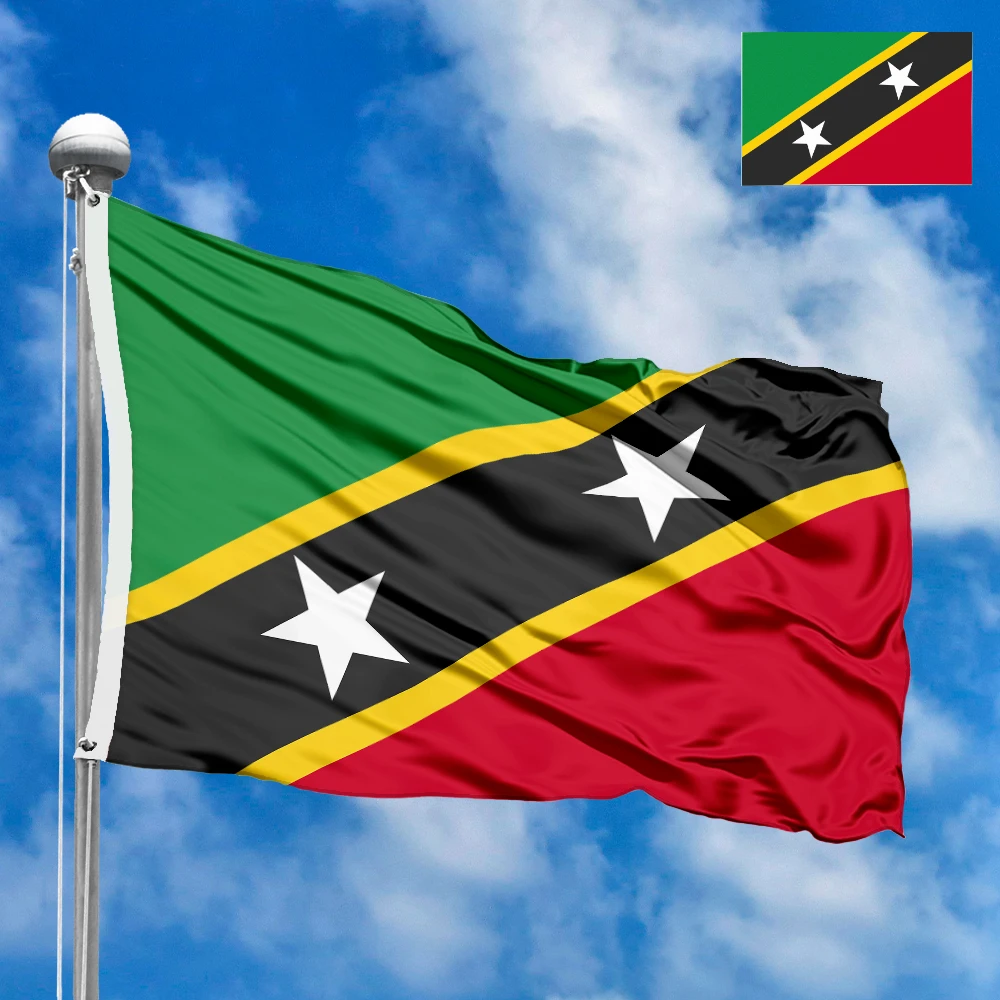



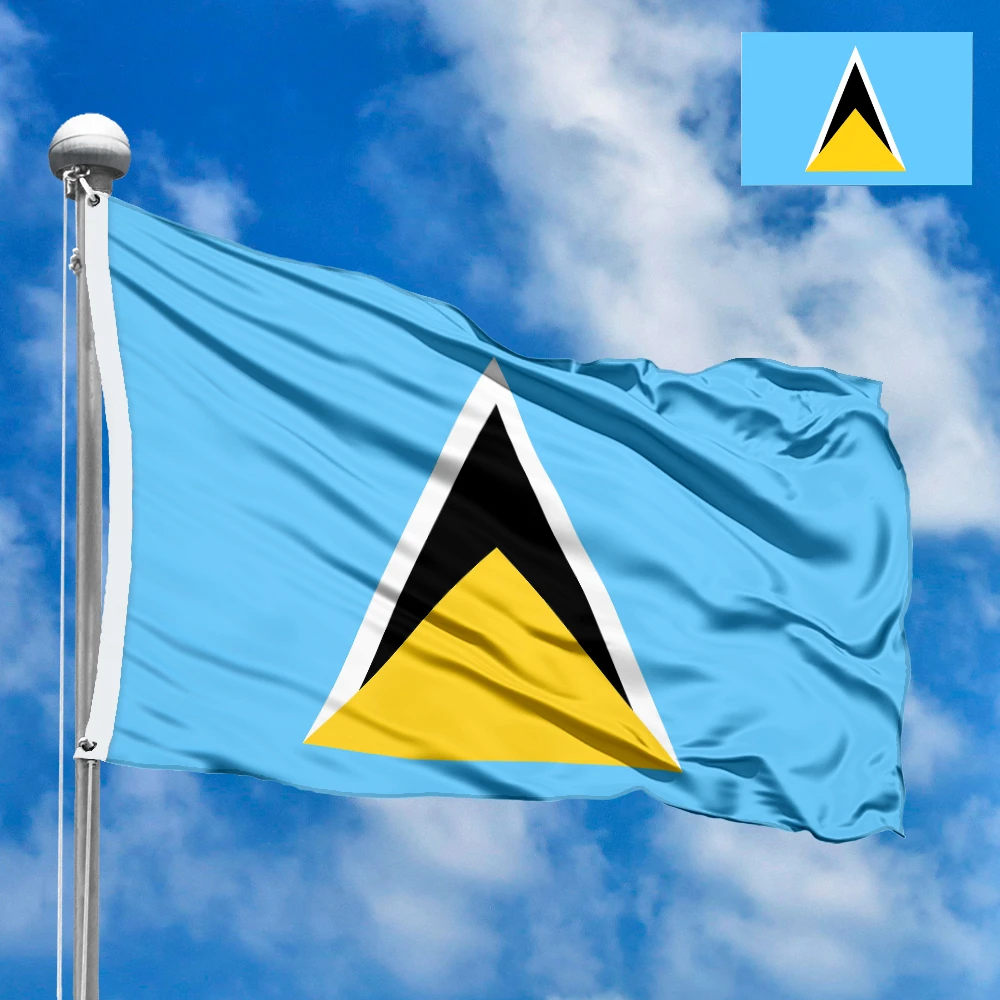



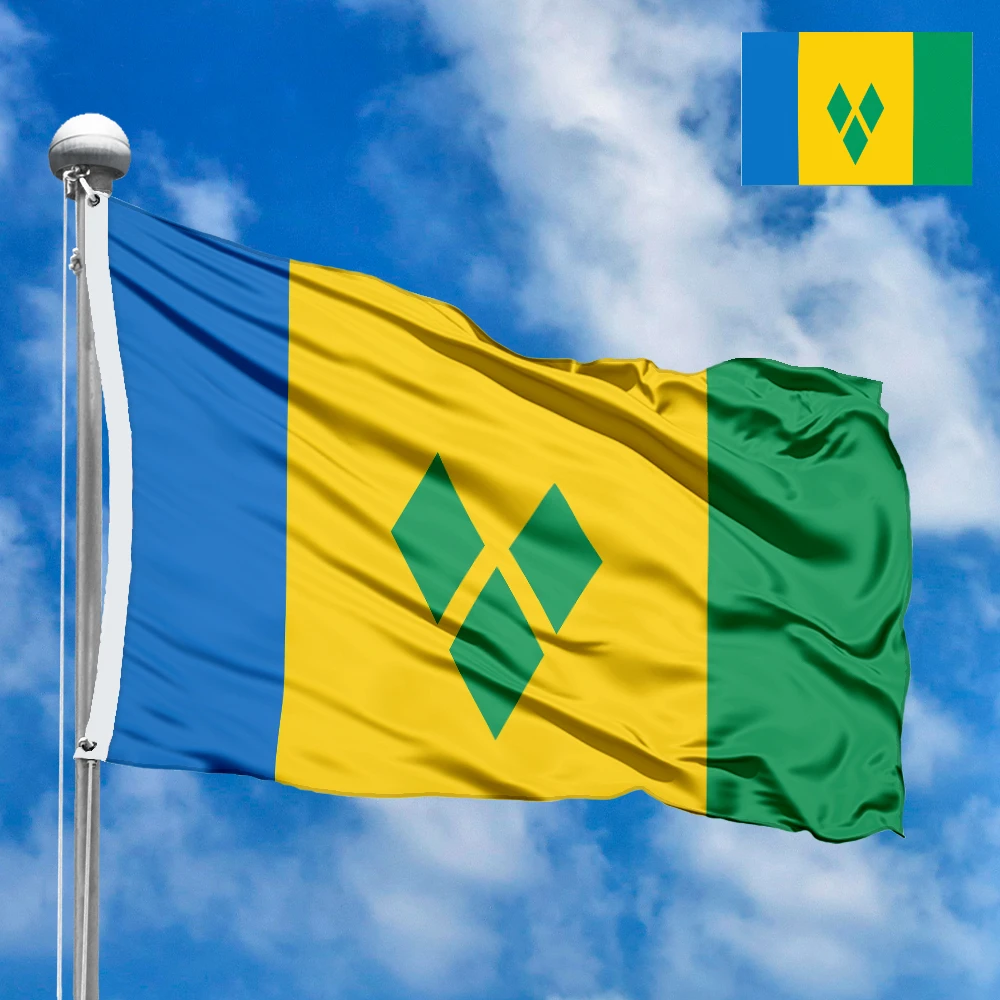



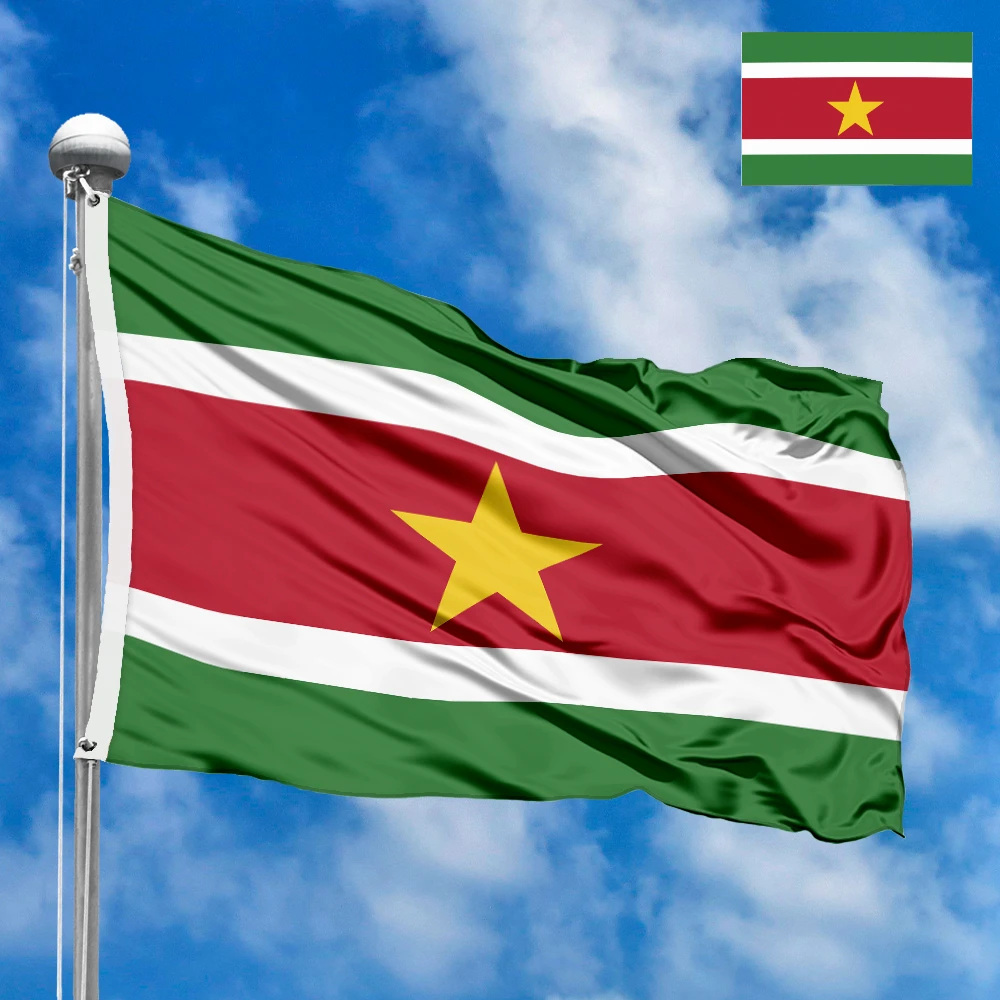















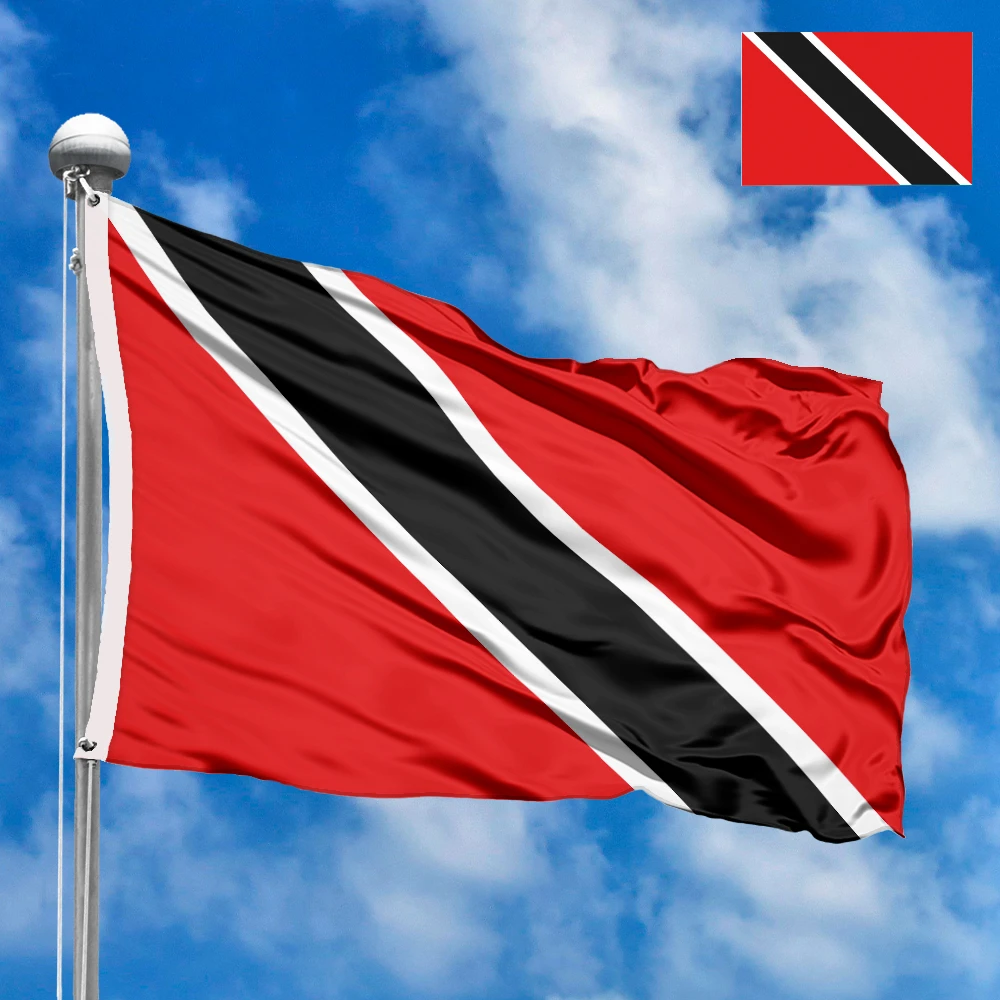







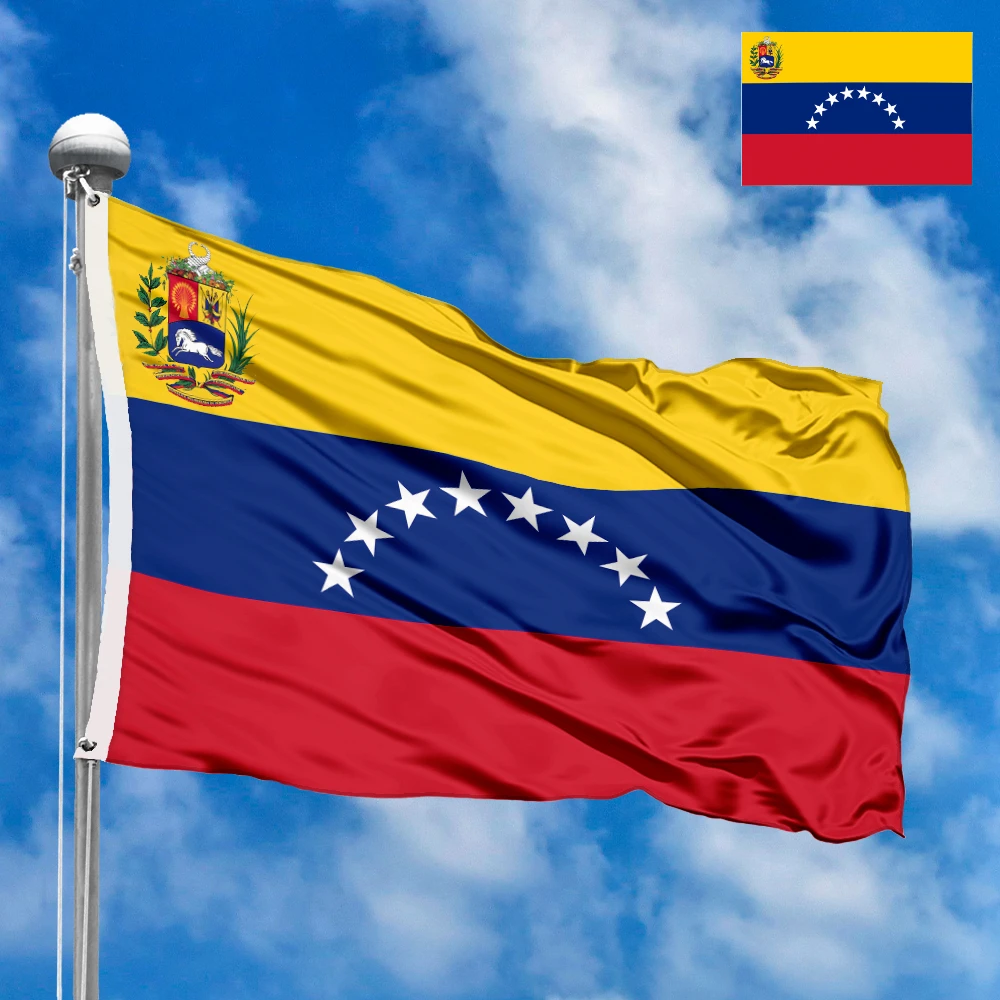
 Flags of Europe
Flags of Europe Flags of Asia
Flags of Asia Flags of Africa
Flags of Africa Flags of North America
Flags of North America Flags of South America
Flags of South America Flags of Australia and Oceania
Flags of Australia and Oceania Flags of Antarctica
Flags of Antarctica Flags of International Organizations
Flags of International Organizations LGBT Community Flags
LGBT Community Flags Historical Flags
Historical Flags Flags of the US States
Flags of the US States Ethnic flags
Ethnic flags